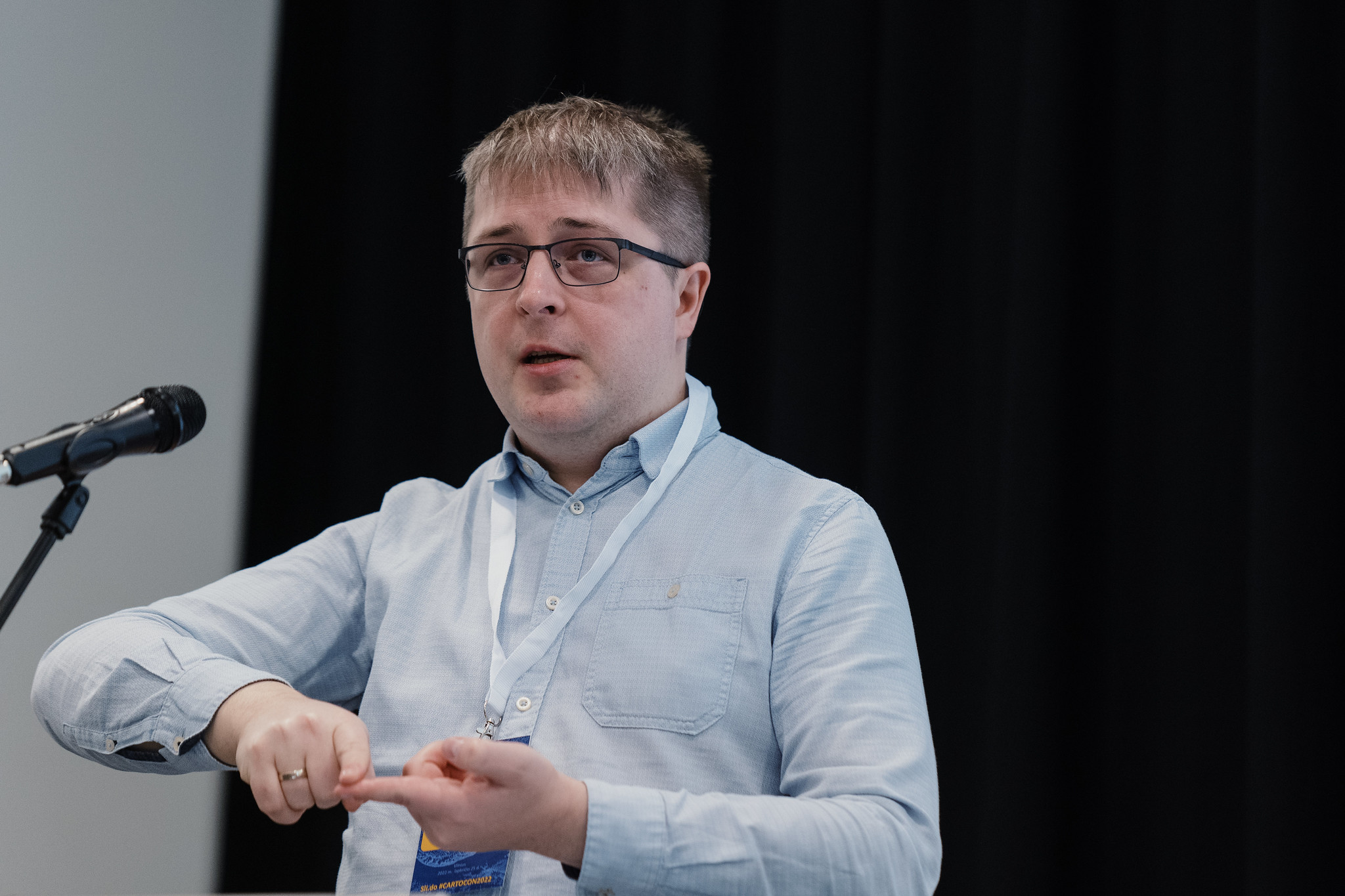The Third Hierarchy of Life Revealed by Professors from Vilnius University and the American Museum of Natural History
 In a new paper published in “Paleobiology”, Professor from Vilnius University (VU) Andrej Spiridonov (Lithuania) and Professor Niles Eldredge from the American Museum of Natural History (USA) have proved that biological phenomena and entities can be organised into a new, third, combined hierarchy of life and geology. Until now, only two of these hierarchies have been distinguished.
In a new paper published in “Paleobiology”, Professor from Vilnius University (VU) Andrej Spiridonov (Lithuania) and Professor Niles Eldredge from the American Museum of Natural History (USA) have proved that biological phenomena and entities can be organised into a new, third, combined hierarchy of life and geology. Until now, only two of these hierarchies have been distinguished.
“Life has been on Earth for at least 3.8 billion years. As it diversified into the vast array of organisms we see around us on the planet today, distinct groups have appeared, such as complex plants and animals. The major divisions form the well-known Linnaean Hierarchy, which encompasses all past and present life forms. The Linnaean hierarchy is a record of the genetic linkage pathways between all life forms as it has evolved over the past nearly 4 billion years”, - says Prof. A. Spiridonov.
Evidence for a third hierarchy of life and geology
He adds that a parallel form of organisation complements the genetic organisation of life: all organisms require matter and energy in order to live, develop, and survive. Organisms live in populations, which are parts of functional, interactive ecological entities composed of organisms from many different species, which are parts of still larger ecological systems. Thus, traditionally, we have recognised two ways that life is simultaneously organised into genealogical and ecological hierarchical systems.
In their newest paper, “The Bretskyan Hierarchy, Multiscale Allopatry, and Geobiomes – On the Nature of Evolutionary Things “, Prof. A. Spiridonov and Prof. N. Eldredge propose a third hierarchy of life which fuses together the qualities of genetic information transfer (Linnaean hierarchy) and the economic hierarchy of energy and matter transfer (Vernadskyan hierarchy). Biological entities in which both genealogical and ecological functions occur (such as a human organism) are now seen to comprise an entirely separate third hierarchy—the “Bretskyan Hierarchy”.
The researchers showed that biological objects with both genealogical and ecological functions, such as the human organism or biogeographical provinces, are now considered members of a completely separate, third Bretsky hierarchy. This hierarchy is named after the famous American palaeontologist Peter Bretsky, who decades ago distinguished the major marine evolutionary faunas of the Palaeozoic era at a global level.
The conceptual analysis presented in the article, and a synthesis of patterns spanning many spatial and temporal scales, shows that the key to the emergence of symbiotic coevolving systems is the presence of boundaries which compartmentalise them.
 Bretsky’s hierarchy is determined by biology on small scales and geology on large scales
Bretsky’s hierarchy is determined by biology on small scales and geology on large scales
“At the smallest scales, communities or holobionts can integrate individuals by means of biotic interactions, such as actively grown boundaries such as the outer membrane of a cell or the skin of a human being. When communities become larger and larger, and the diversity of interacting species grows, the biotic compartmentalisation of communities and their individuation happens as a side effect of the emergence of external physical barriers. Since the duration and the amplitudes of physical structures, and therefore effectiveness as barriers for communities, grow with their area, these external physical structures become more and more effective in individuating so-called “geobiomes”. The largest geobiome is Gaia, which is compartmentalised by the most formidable physical barrier—outer space”, explains prof. A. Spiridonov.
Holobionts and geobiomes form their own so-called “Bretskyan” hierarchy of community individuals at smaller scales determined by biology and at large scales by geology. Recognising this hierarchy enables the conceptual change in our understanding of evolutionary causality at all time and space scales. Barriers compartmentalise biotas and cause their coevolution and integration, thus fundamentally localising evolutionary interactions. Moreover, barriers themselves change and thus cause fission and fusion of geobiomes, which, beyond individuation, controls the exchange of innovations evolved inside them.
“A well-known geologically recent example of a large-scale geobiomic merger might be the so-called Great Interchange Event of the Americas, which took place around 3 million years ago, when moving tectonic plates collided with each other in the North and South Americas, causing northern animals such as sabre-toothed cats and bears to move south, and southern mammals such as armadillos and opossums to end up in the North. Before this event, the Americas were almost completely isolated,” says Prof. A. Spiridonov.
The authors explain that communities, in a sense, are evolutionary individuals which appear as meandering in space and time evolutionary lineages. The geographical separation of lineages is thought to be the primary driver of the origination of species in short bursts, as is predicted by the theory of punctuated equilibria put forward by Niles Eldredge and his late Harvard colleague Stephen Jay Gould fifty years ago. A very similar process of what Spiridonov and Eldredge call “multilevel allopatry” individuates whole geobiomes, and this happens at much wider ranges of space and time scales than in the case of speciation. Each allopatry event individuates a geobiome until its fusion with other geobiomes.
This proposed worldview of biology shows the great importance of geological processes in sustaining biotic structures and controlling the scales of contingency in evolution. Evolution proceeds in every point of the world, but the geological, thermal and climatic boundaries compartmentalise the evolutionary process into spatial packages—geobiomes.
The study was supported by the project S-MIP-21-9 “The role of spatial structuring in major transitions in macroevolution”.